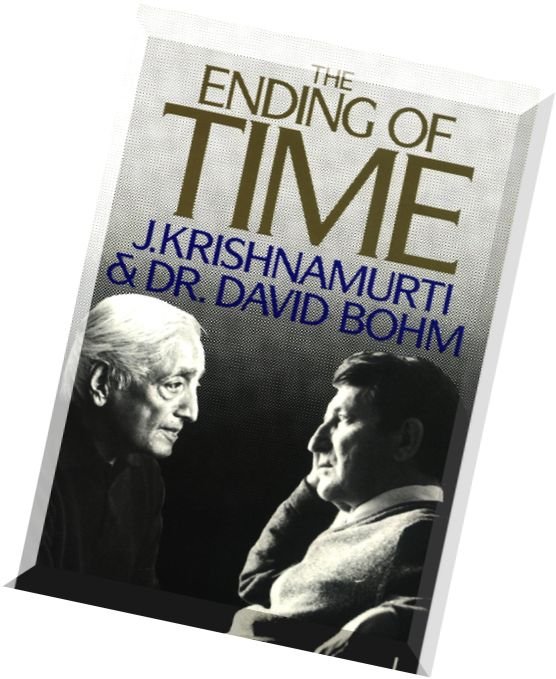The Ending of the Psychological “Self”

It is through meditation, which means giving thought its proper role, that we begin to understand the construct of the “self”. It is easy to see the differences between individuals, between oneself and others, much more difficult to understand how we are the same.
As we begin to inquire into our conditioning we begin to give (psychological) time a different role. This inquiry allows us to step outside beliefs we don't otherwise know we have, and in doing so, we no longer give the same validity to psychological time.
As we foster this new perspective we can see the relationship of the “self” or oneself to thought and the constructs thought is responsible for. Through meditation, one moves beyond thought, into an observer-less role, that sees thought but doesn't react to thought.
Thought is seen to always having a relationship to the thinker. The thinker arises when thought arises.
When thought is no longer seen as a valid process to resolve our problems and our anxieties, what importance does the thinker have?
When the importance of thought is seen as false, the role of the “self” changes.
The self is an extension of thought, married to the want to escape our anxiety and the escape to seek shelter in pleasure.
When this pattern is broken, through the observation of it (choiceless awareness) the traditional construct of the “self” loses the assumptions that hold together our mistaken beliefs in what the role of the self is and should be.
The construct we understand to be the “self” is seen as limited and false.
When the pattern is broken we are able to move beyond the paradigm of “self” and see from a wholistic perspective.
This perspective is described as being logical and scientific rather than our traditional limited view: